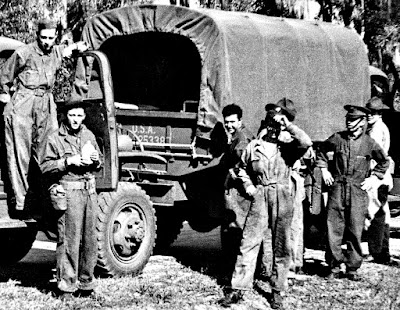Svmer is icumen in
Lhude sing cuccu
Yes, summer is certainly coming in and the cuckoos are arriving early in the shape of the frenzy being whipped up by the Queen's 90th Birthday celebrations. It's a time for much frothing at the mouth: from the Royalists, who love this sort of thing and from the Republicans who are booking their Eurostar tickets for June. Going anywhere. Please, anywhere.
The request has gone out on behalf of Mrs Windsor: "Please come to my birthday party. It’s a really big one. My 90th! What a great thing to celebrate. To acknowledge how jolly busy my life has been, I’m inviting along all you special people who work for the hundreds of wonderful charities to which I lend my name. There’s just one thing. It will cost you £150 for the privilege. Each".
You really would have thought that someone at Team Windsor would know that it is terrible bad form to charge people to attend one’s birthday party? It's billed as Britain’s Biggest Street Party, if The Mall can ever be described as a street. Ten thousand people from the 628 national and Commonwealth charities of which the Queen is patron will be invited. Each charity will have to pay £1,500 for a table of 10 people. There will be 1,000 tables. Amazingly, some charities seem slightly lukewarm about shelling out hard-won cash so they can attend their patron’s big day. Ungrateful lot! But there is a silver lining inside that particular cloud, for charities can “sell on” 40 per cent of their tickets. Brilliant! Forget about the volunteers. Enter the open market, where tickets will be flogged to people who won’t blanch at coughing up £150. Even if they have zero connections to the charity. So this “once-in-a-lifetime” event quite probably will not be attended by the kind of people who support the Cornwall Air Ambulance or the Royal Home for Discarded Retainers or whatever charity at all, but by corporate fat cats who would jump at the chance of having a 90th birthday poncho or nodding corgi as a souvenir.
And in case you didn't know, Peter Phillips is organising the event. Yes, the Queen’s grandson is in charge. Phillips admits he is being paid an “undisclosed” fee for organising the do, selling tickets and rustling up money from sponsors. So people who work for Great Ormond Street Hospital, Cancer Research UK, Macmillan Nurses etc will pay a relation of the Queen to organise a party for the Queen. Nice one. I do hope none of the charities I support will get sucked into this charade. Because if they do, they may find themselves one donor short.
It’s almost as daft as the notion of getting everyone to spend their spare time walking around with bin liners, picking up rubbish from the streets in an attempt to make our filthy nation look clean for our Queen’s big day, lucky people that we are. Oh, wait a moment… Yes, another bright idea for we serfs to show our loyalty. As the publicity says "What better way could we show our gratitude to Her Majesty than to clean our country?". As we are told so often by Posh Dave and his mates that "we are all in this together", I'll join in when I see Mrs Windsor setting a good example and putting on one's Marigolds.

















































